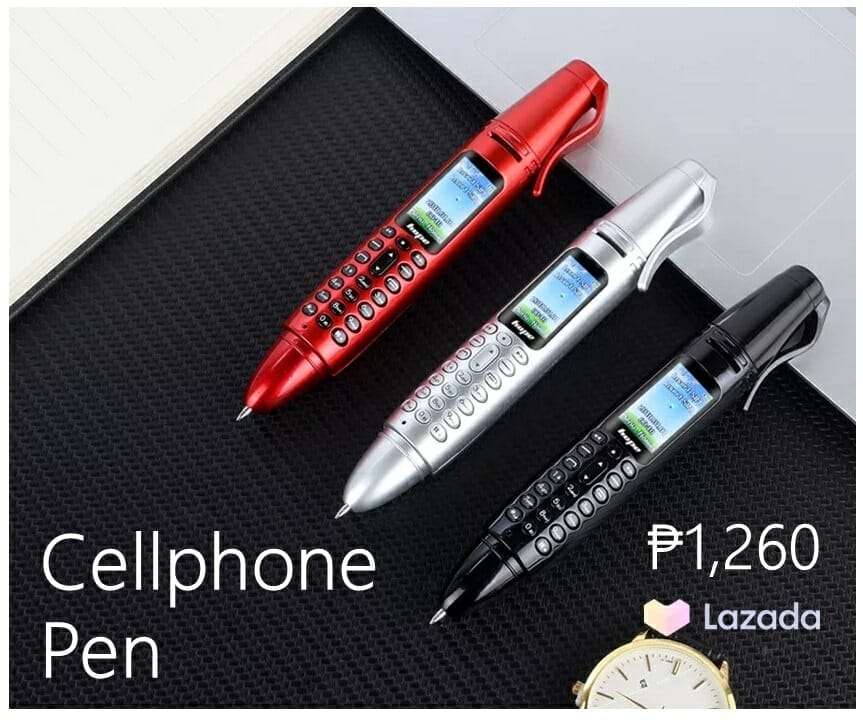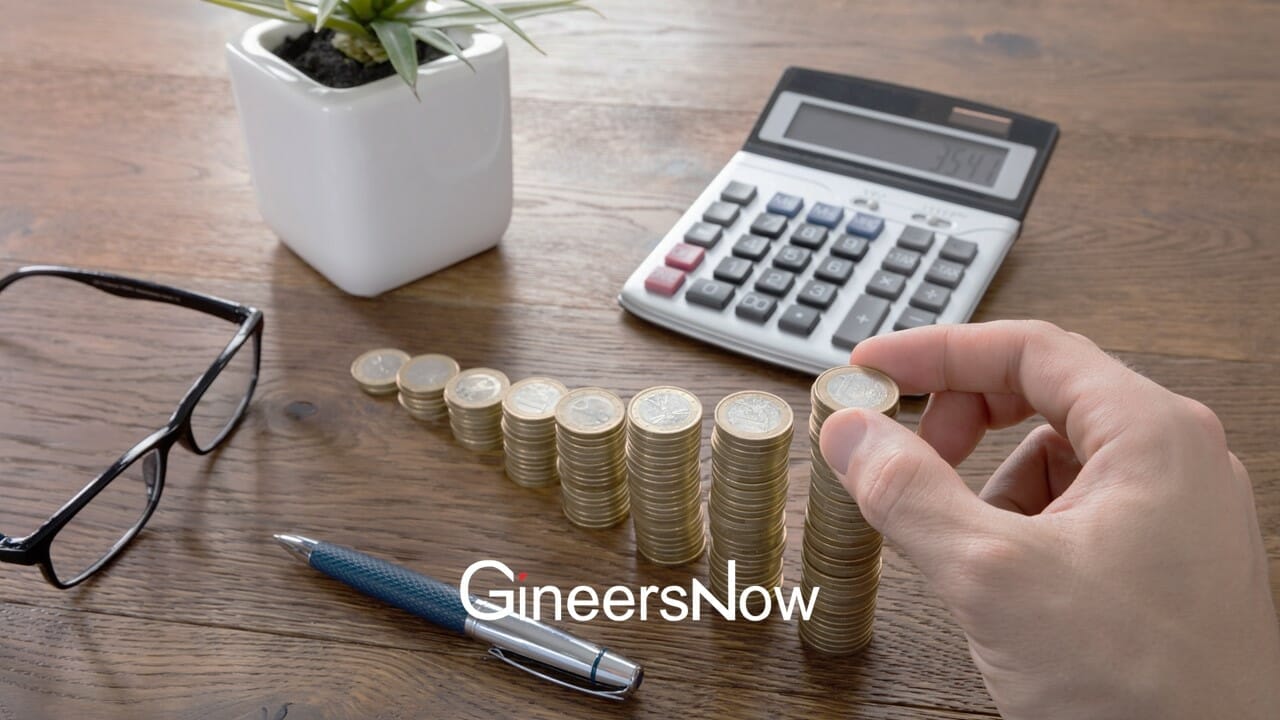The industry is currently facing a challenge when it comes to attracting and retaining skilled professionals. This crisis is mainly caused by misconceptions about the profession, changing career expectations, and the demanding nature of life at sea. To address this shortage effectively, we need to take a faceted approach that combines traditional recruitment methods with innovative strategies to redefine the appeal of maritime careers.
Navigating Uncharted Waters; Balancing Technological Advancements and Talent Scarcity in Maritime Professions
Despite advancements in technology and automation on ships, the maritime industry finds itself presented with a perplexing challenge. Companies like Querin have been pioneers in integrating cutting-edge technologies into their vessels, aiming to make seafaring safer, less labor-intensive, and more appealing. These advancements include navigation systems, automated maintenance protocols, and digital logistics management that collectively reduce the crew size required for operations. The expectation was clear; a high tech work environment should make maritime careers more attractive.
However, reality tells a story. According to the International Maritime Organization (IMO) despite reduced demands and a more engaging work environment, there has been a decline in the number of applicants for seafaring positions and apprenticeships.
In the year 2023, reports from the industry indicated a decrease of 15% in the number of applications for careers compared to the five years. This decline highlights a growing disinterest among candidates. It is worth noting that 90% of global trade relies on sea transportation, making it crucial to have a strong workforce to maintain this vital supply chain. However, there seems to be a disconnect between the advancements happening onboard ships and the diminishing interest in careers. This situation presents a challenge. Raises an important question How can the industry bridge this gap and reignite enthusiasm for seafaring roles?

Charting the Course: Revitalizing Interest in Maritime Careers
To address this issue, one approach could involve showcasing the exciting developments taking place at sea that have transformed seafaring into a cutting-edge profession. This could be done through career fairs and virtual ship tours. Engaging in social media campaigns. By highlighting how AI, automation, and green technologies are integrated aboard ships, individuals with an interest in technology can see the nature of modern maritime careers. Such initiatives would appeal to those who seek professions that combine roles with technological trends.
Another important aspect in revitalizing interest in careers lies in strengthening pathways. Educational institutions play a role here by attracting talent at an early stage. One effective strategy is to establish partnerships between companies and schools, allowing students to get acquainted with seafaring careers from an age.
To attract individuals interested in STEM fields, it can be enticing to offer scholarships, apprenticeships, and hands-on training programs that focus on the aspects of the profession. Additionally, updating curricula to incorporate maritime technologies, sustainability practices, and digital navigation techniques ensures that education aligns with industry demands, ultimately making the sector more appealing to potential entrants.
Historically, concerns about being from home for periods and facing challenging working conditions have deterred many applicants. However, addressing these concerns by promoting work schedules, improving connectivity at sea, and enhancing onboard living conditions can make a difference. Initiatives that enable crew members to stay connected with their families and access entertainment and wellness resources while at sea can transform the perception of seafaring into an attractive career choice.
The industry’s vital role in trade and sustainability efforts is often underappreciated. By launching awareness campaigns that highlight the importance of seafarers in the economy and their contribution to conservation, we can elevate the status of this profession. Sharing stories of individuals who have excelled within the industry, along with highlighting travel opportunities and showcasing how maritime work impacts global issues, can inspire pride. Generate interest in this field.
International collaboration plays a role in amplifying efforts to attract talent to the industry. By working, they can establish training and certification processes that will facilitate international work for seafarers. This collaborative effort will enhance the attractiveness of a career.
A Guide to Thriving in Maritime Careers
Singapore shines as a destination for those aspiring to build maritime careers. It is renowned for being one of the ports and a hub for maritime innovation. The government of Singapore actively supports the sector through initiatives aimed at attracting top talent. These include partnerships with leading institutions and substantial investments in port infrastructure and technology.
Scandinavian Pioneers in Innovation and Welfare
Norway and Denmark have established traditions and are known for their commitment to sustainable shipping solutions. Companies based in these countries are at the forefront of green technology adoption within the shipping industry, offering opportunities for individuals passionate about conservation. Additionally, Scandinavian countries are recognized for their living standards and strong labor rights, ensuring working conditions for professionals in the maritime field.
Attracting Talent through Benefits and Perks
To attract professionals, shipping companies are increasingly offering benefits packages that go beyond competitive salaries. These packages often include health insurance coverage, retirement plans, generous leave policies, and other enticing perks.
Some companies take it a step further by offering development opportunities, access to wellness programs, and even performance-based bonuses.
The maritime industry has seen news highlighting how companies like Maersk are using technology to improve operational efficiency and safety. These advancements do not enhance the work environment. Also, provide employees with the opportunity to learn new skills in a cutting-edge industry setting.
There is an increasing focus on health and work-life balance within the sector. Initiatives such as improved internet connectivity at sea, mental health support services, and flexible scheduling options demonstrate a commitment to the well-being of seafarers.












